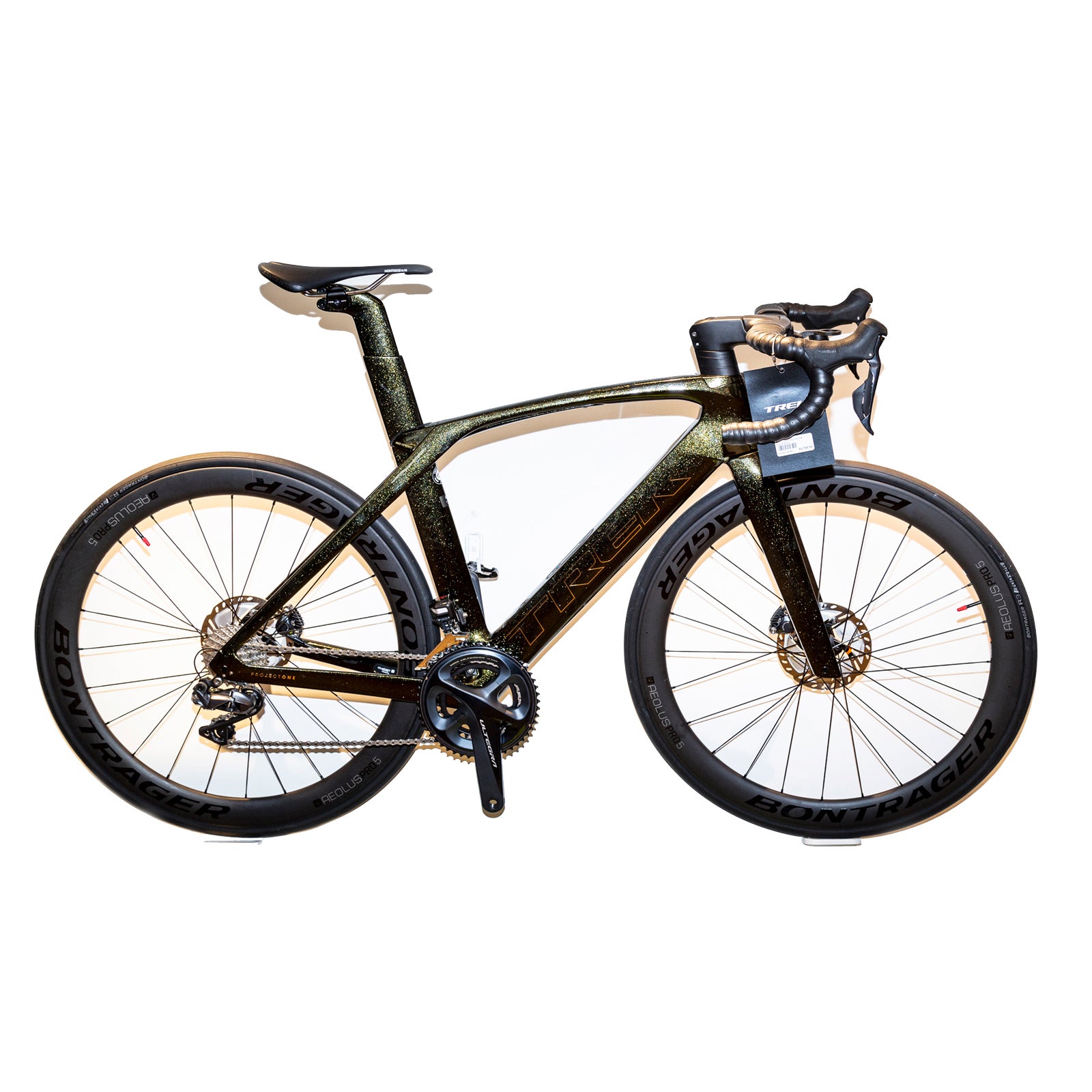In some ways, cycling is a quest for the unattainable. We chase a level of fitness that seems eternally out of reach, we race for results that may very well never come, and we follow a sport whose champions are invariably defrocked due to scandal and disgrace. Yet in the face of futility, we never waver.
Naturally our dogged pursuit of elusive and/or illusory goals extends to our equipment, and we’ve long chased after the mythical “forever bike”—a machine so durable, well-executed, and aesthetically pleasing that, once we’ve obtained it, we’ll never want for another. Certainly this is an attractive notion, for to be a cyclist is to be forever tempted by an endless procession of bikes and components that are always somehow just a little bit better (and often a lot more expensive) than whatever we have now. But is it really possible to free yourself from the upgrade cycle and ride off into the horizon on a bike that will both serve you and satisfy you for the rest of your riding days? And if so, where do you start?
Well, common widsom holds that if you are going to attempt a forever bike it should be made of titanium. This is because titanium is light, doesn’t rust, never breaks, and imparts a sublime ride quality akin to floating down a river of Velveeta in one of those inflatable pool lounge chairs. Or something.
Furthermore, according to this same wisdom, you should commission a custom builder to make your forever bike if at all possible. That way, you can make sure every detail is to your complete satisfaction, right down to the headbadge. Certainly you can’t be expected to ride from here to eternity with a bunch of unsightly spacers under your stem, can you?
Unfortunately, chances are if you’re shopping for a titanium forever bike then you’ve already failed. This isn’t to say that titanium isn’t a fantastic material for building bikes. It’s just that if you think you’ve now found your forever bike just because of what it’s made from then you’re probably delusional.
Is it really possible to free yourself from the upgrade cycle and ride off into the horizon on a bike that will both serve you and satisfy you for the rest of your riding days?
Don’t believe me? Here’s a test: look at a titanium road bikes from the '90s with its diminutive one-inch headtube and its tight frame clearances designed around 23 (!) millimeter tires. Or, better yet, look at a mountain bike from the same era. It’s got 26-inch wheels, quick release axles, tires narrower than what you’ll find today on a typical gravel bike, and if you’re wondering what those things on the fork and seatsays are, they’re called “rim brakes.” Would you buy one of those bikes right now as your forever bike? If yes, then go right ahead, you’ll save a bunch of cash. If no, then you’ve failed the test, because guess what? Your titanium forever bike’s gonna seem just as dated in relatively short order.
As for custom bikes, if you have a vision of what your perfect bike should be and it’s not available in production form, by all means go ahead and indulge yourself in the rarefied pleasure of having a highly skilled craftsperson build it for you. Just make sure before you put down a deposit you understand that no matter how exquisite the finished product, it’s not going to be a forever bike. This is because the kind of person who orders a custom bike is also the kind of extremely fussy person who is highly unlikely to remain satisfied with any bike for a long period of time.
The truth is, when it comes to forever bikes, frame material and provenance are both minor details. For the most part, if built competently and treated by its rider with a reasonable amount of care, a bike made from any of the more common frame materials will easily outlive you. Quality bicycles aren’t destroyed by water, or grit, or load cycles, or any other adverse combination of forces and elements. No, what “destroys” them are the incremental changes in spacing standards that add up to obsolescence in short order, and all the Frame Saver in the world isn’t going to rescue your bike from that.
Quality bicycles aren’t destroyed by water, or grit, or load cycles. No, what “destroys” them are the incremental changes in spacing standards that add up to obsolescence.
But don’t despair. There’s still a two-fold path you can take to owning a true forever bike. Firstly, you must master the mental discipline of “not giving a shit.” Those skinny-tired road bikes and rim-braked mountain bikes are still just as awesome today as they were the day they were welded. (Well, maybe not the elastomer suspension fork, but that’s easily fixed with a rigid one.) Likewise, your cutting-edge gravel bike will probably be outmoded soon, but you’ll only know or care if you’re too invested in that kind of nonsense in the first place.
Secondly, you must be patient. The period in a bicycle’s lifecycle that some mistakenly consider “obsolescence” is in fact merely a pupa stage between “new” and “vintage.” Sure, this awkward phase can last for decades, but if you wait it out your bike will emerge as something truly special, and you’ll marvel at how riding an older bicycle can reveal the timeless beauty of cycling.
There’s also yet another way to obtain a forever bike, and that’s by accident. Sometimes a bike starts out as nothing particularly special, then years later you realize it’s become such a part of your life that you can’t imagine ever being without it. Unfortunately there’s no formula for that, but if you’re trying then you’re doing it wrong.
Come to think of it, that’s also true of riding bikes.


